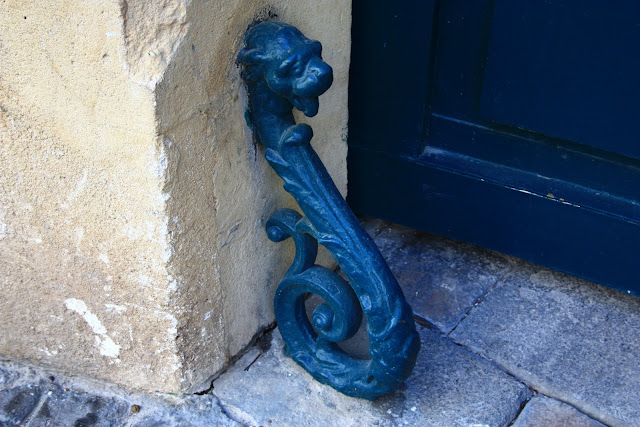Beaucoup des bâtiments à Paris sont construits avec un cour interne avec un entrée pavés à travers une porte externe et imposante. S’assurer que les piliers pierreux ne sont endommagé pas par les voitures qui entrent, ces appareils sont attachée de côté l’un et l’autre. Je ne sais pas que ils sont appelée.
Beaucoup des appareils sont endommagé à travers les années. Beaucoup ne sont donnée pas du respect par les propriétaires bâtiment. Pourtant, quelques ministeries s'occupent de eux, mais ils emploi l’argent publique. Les appareils sont variée pendant les années, et ils deviennent maintenant plus fonctionnel et moins décoratif.
Il y a deux exemples du motif lion Nemean dans ce récit. Les appareils rouge rond, pendant que attrayant, il n’a pas voulu cette intention très bien. Je n’ai pas vu un appareil comme ce, quelque part autrement que Paris. Peut-être, c’est dans des villes provinciales, aussi.
Je voulu connaître encore.
Here is what I tried to sayMany buildings in Paris are built with an internal courtyard with a cobble-stoned entryway through an imposing external gate. To ensure that the stone pillars of the gate are not damaged by vehicles entering, these devices are attached to both sides and each end. What they are called I do not know.
Many have been damaged through the years. Many are not given any respect by building owners. However, some government departments look after them, but they are using public money. The designs have varied through the years, and are now becoming more functional and less decorative.
The Nemean Lion motif can be seen here in two examples. The red round design, while attractive, would not serve its purpose very well. I have not seen this sort of device anywhere other than Paris. Maybe it is used in French provincial towns, too.
I would like to know more.






















